Description
The Yarra Track crossed the Great Dividing Range in Victoria, from Healesville to the gold mining town of Woods Point. The first wheeled vehicle to reach Woods Point via the Track arrived on 1 November 1864.
The first chapters of Wooden Rails & Green Gold give a detailed history of all the small townships which developed along the Track. There were many of these, including Fernshaw, Marysville, and Matlock. Detailed maps and historic photographs help to bring these places to life.
Subsequent chapters describe the development of the timber industry in the area. A large number of timber tramways were built to bring the timber from the forest to the Yarra Track.
The book includes many exquisite maps. One of these shows the alternative surveys for narrow and broad-gauge extensions of the VR’s Healesville railway to Narbethong. No Narbethong railway was built due to the desire to protect the water catchment. The book explores the conflict which existed between the protectors of the water catchment and the timber and tourist industries.
The book is based on 35 years of patient trawling through archives and newspapers, supported by interviews with many of the sawmill residents, and intensive field research at sawmills, mine and tramway sites. It describes what went on in these forests and the difficulties faced by those who lived and worked there.
Hardcover, 288 pp, 2022

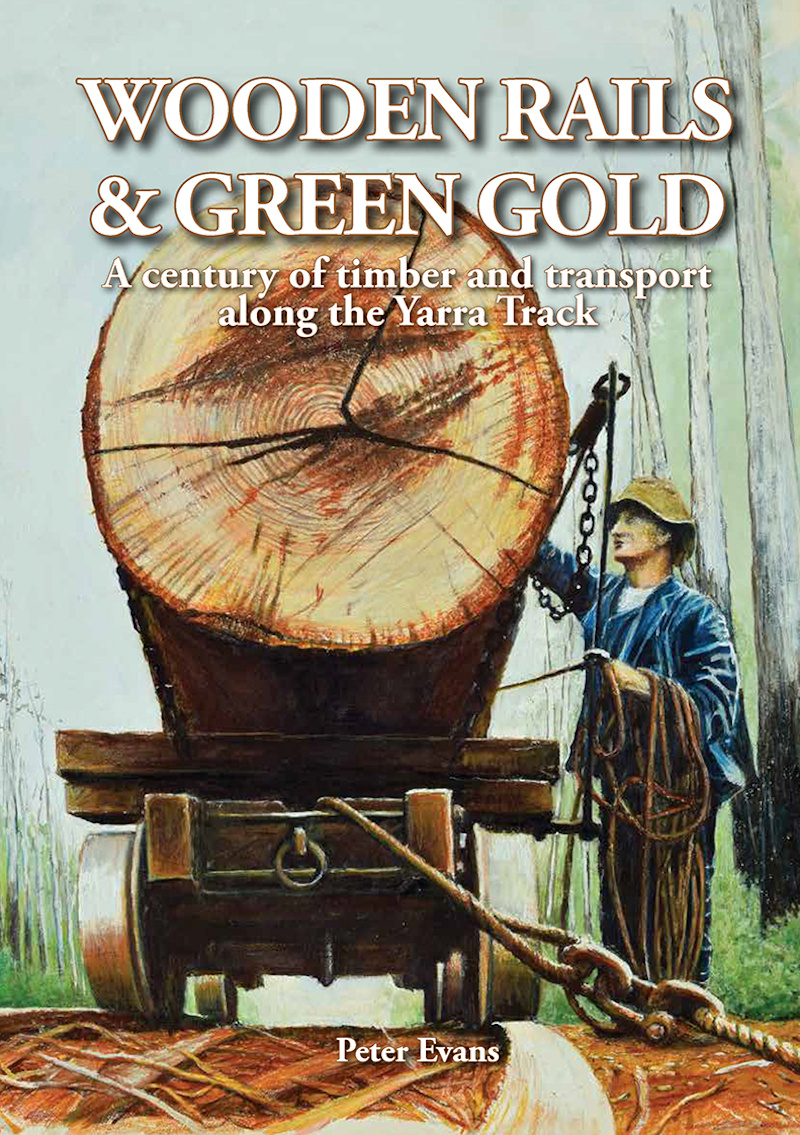




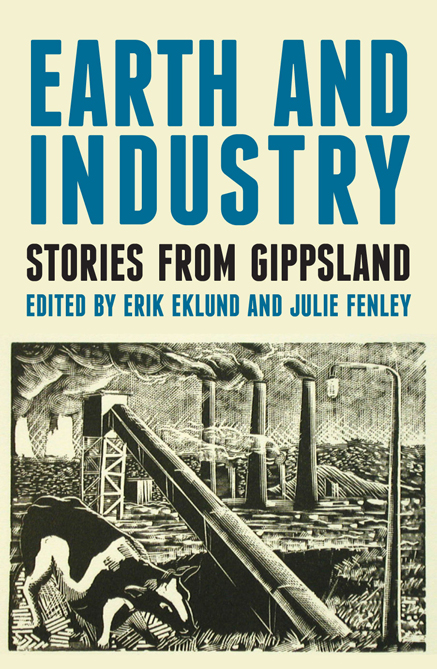



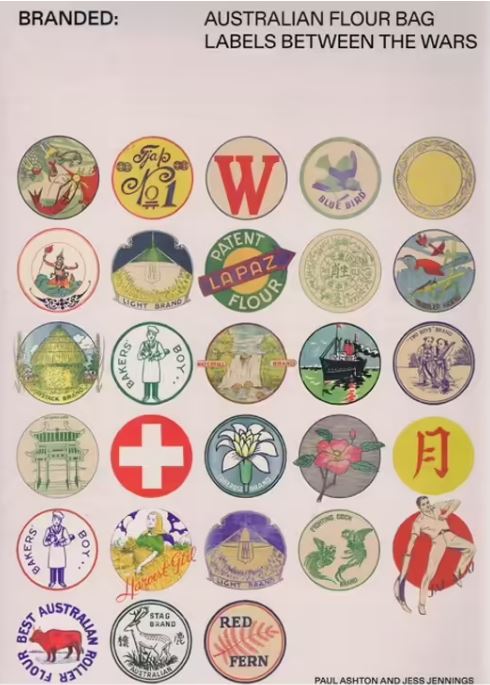
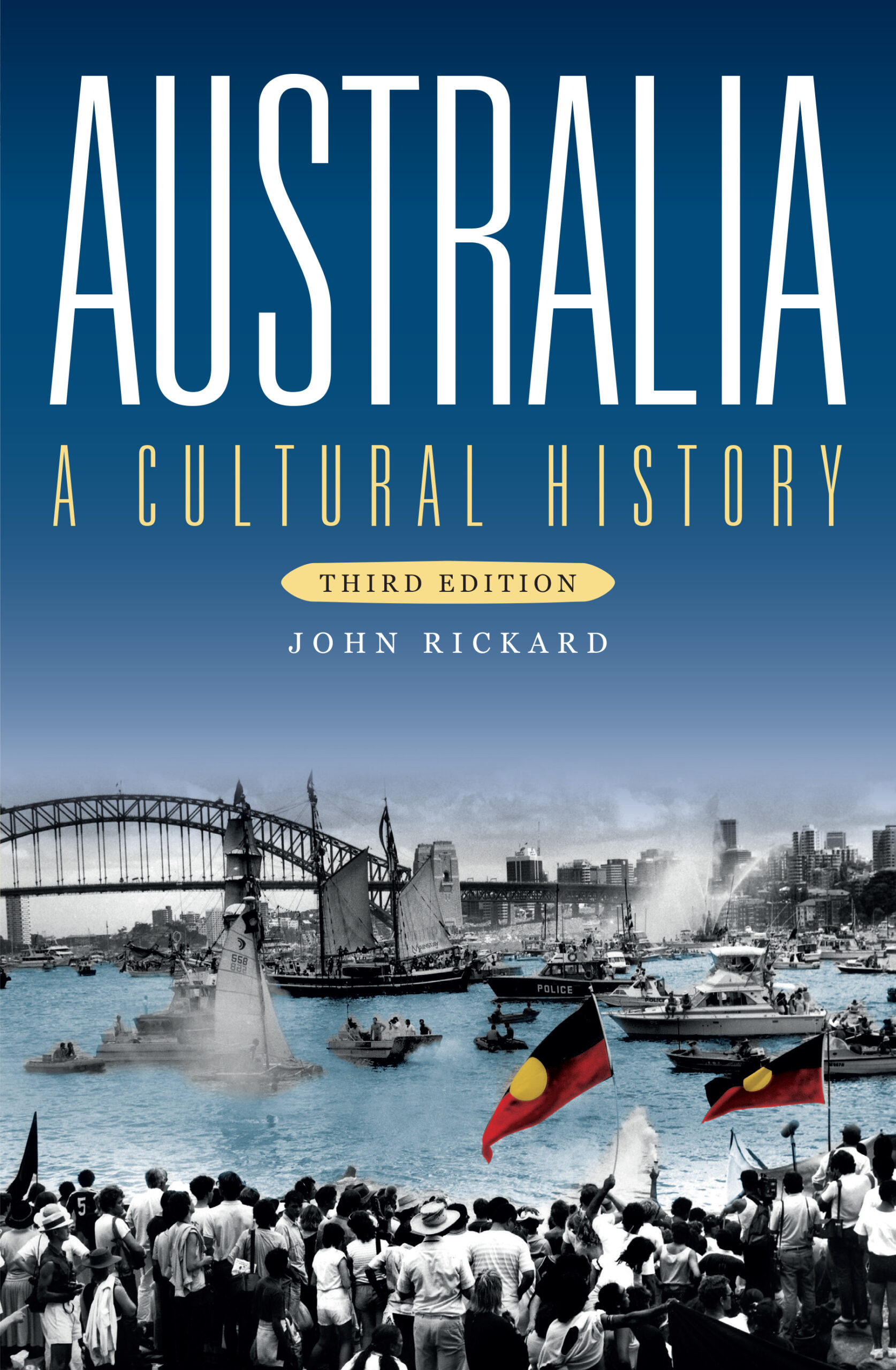
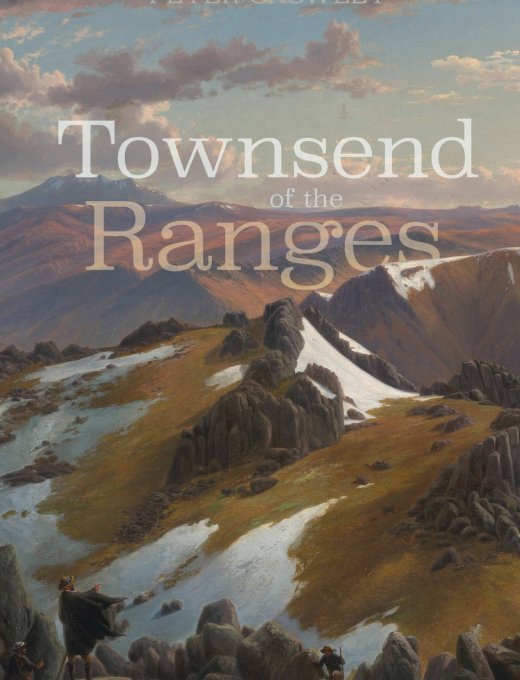

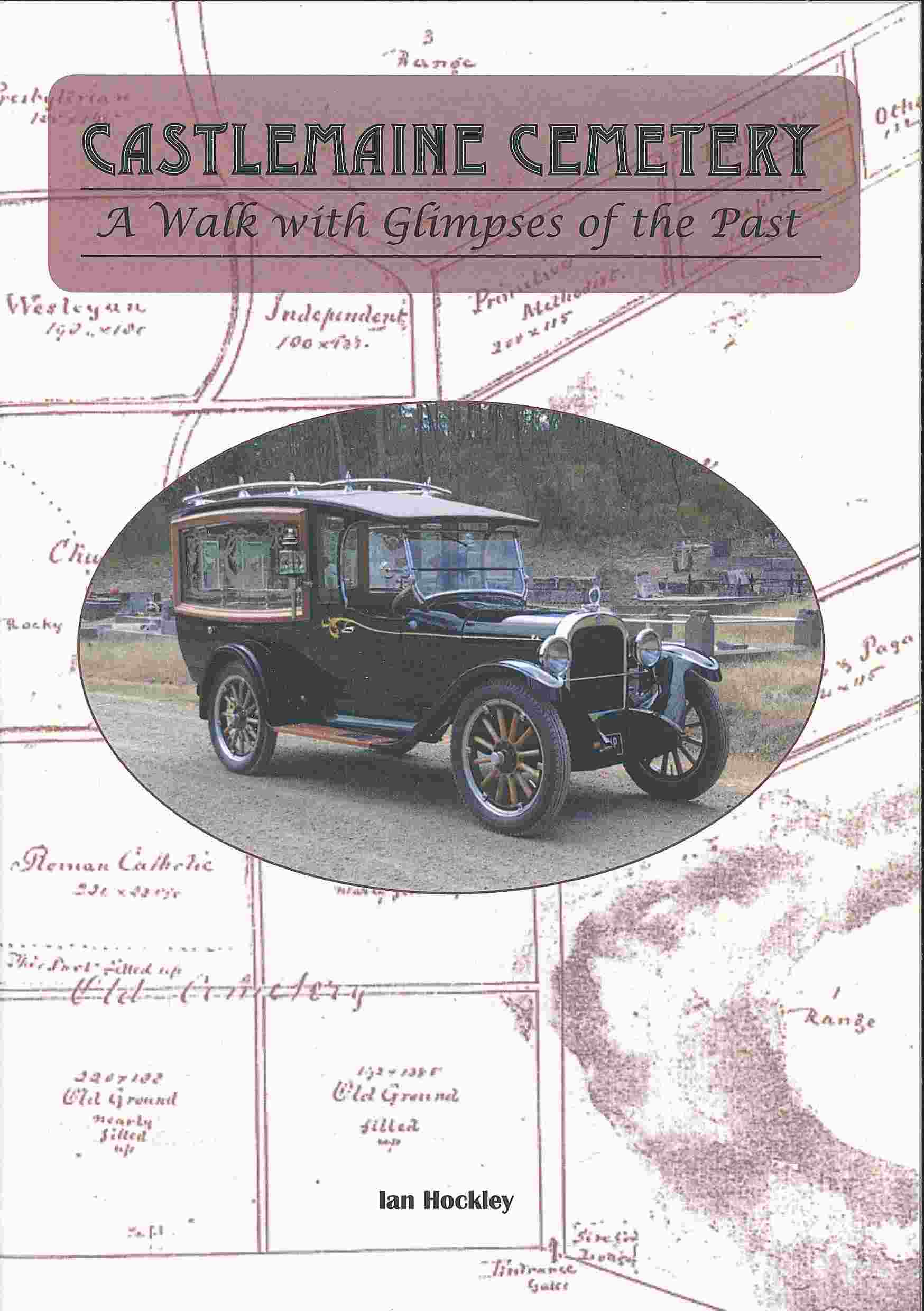

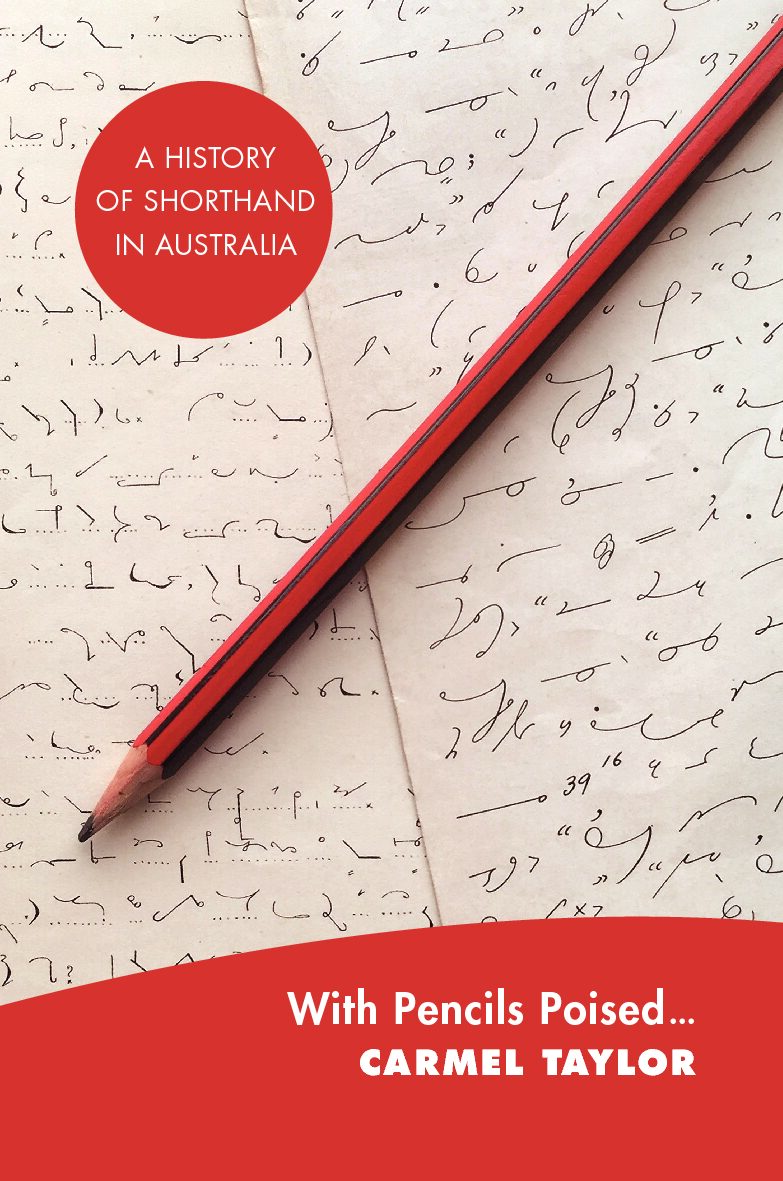
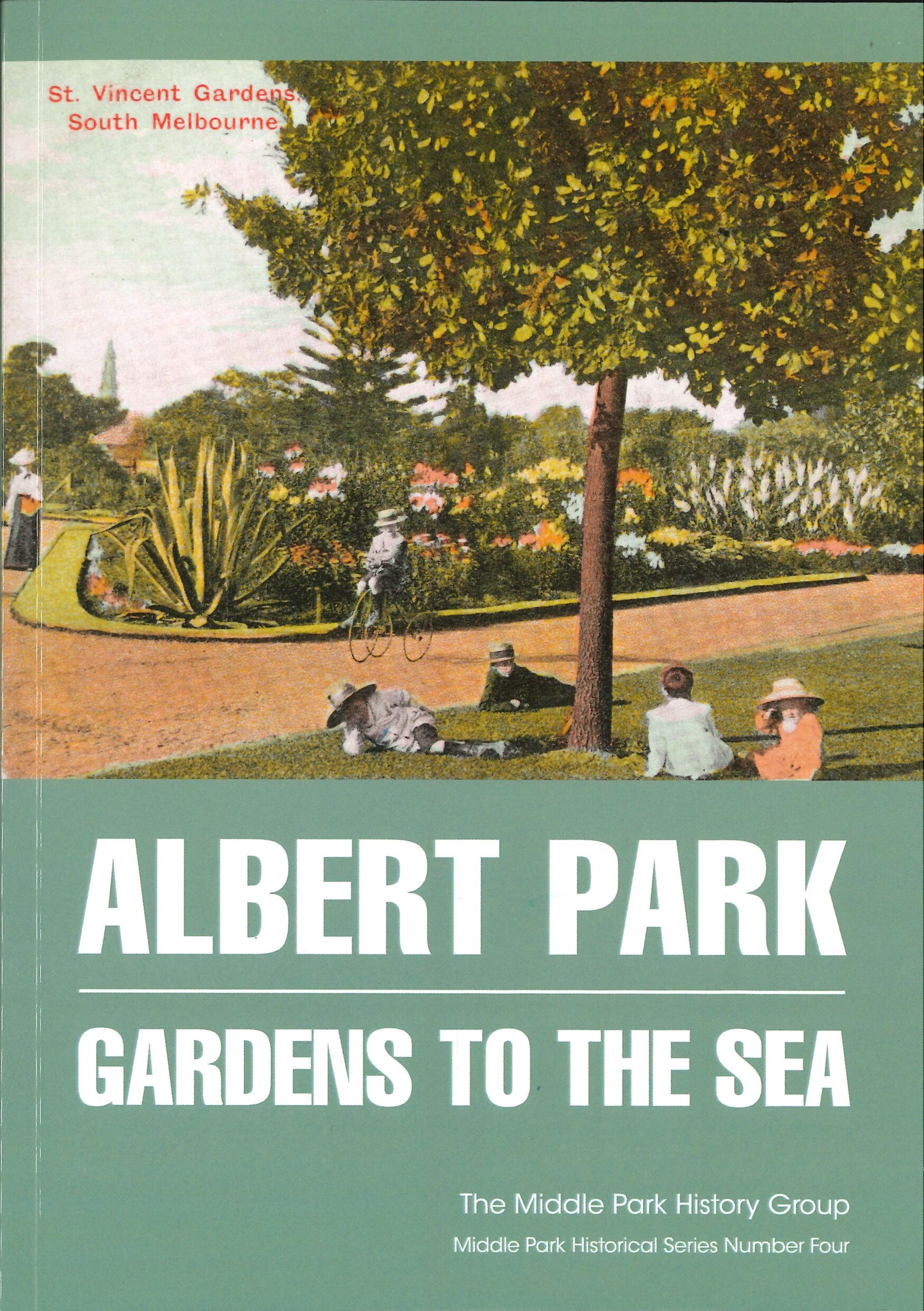

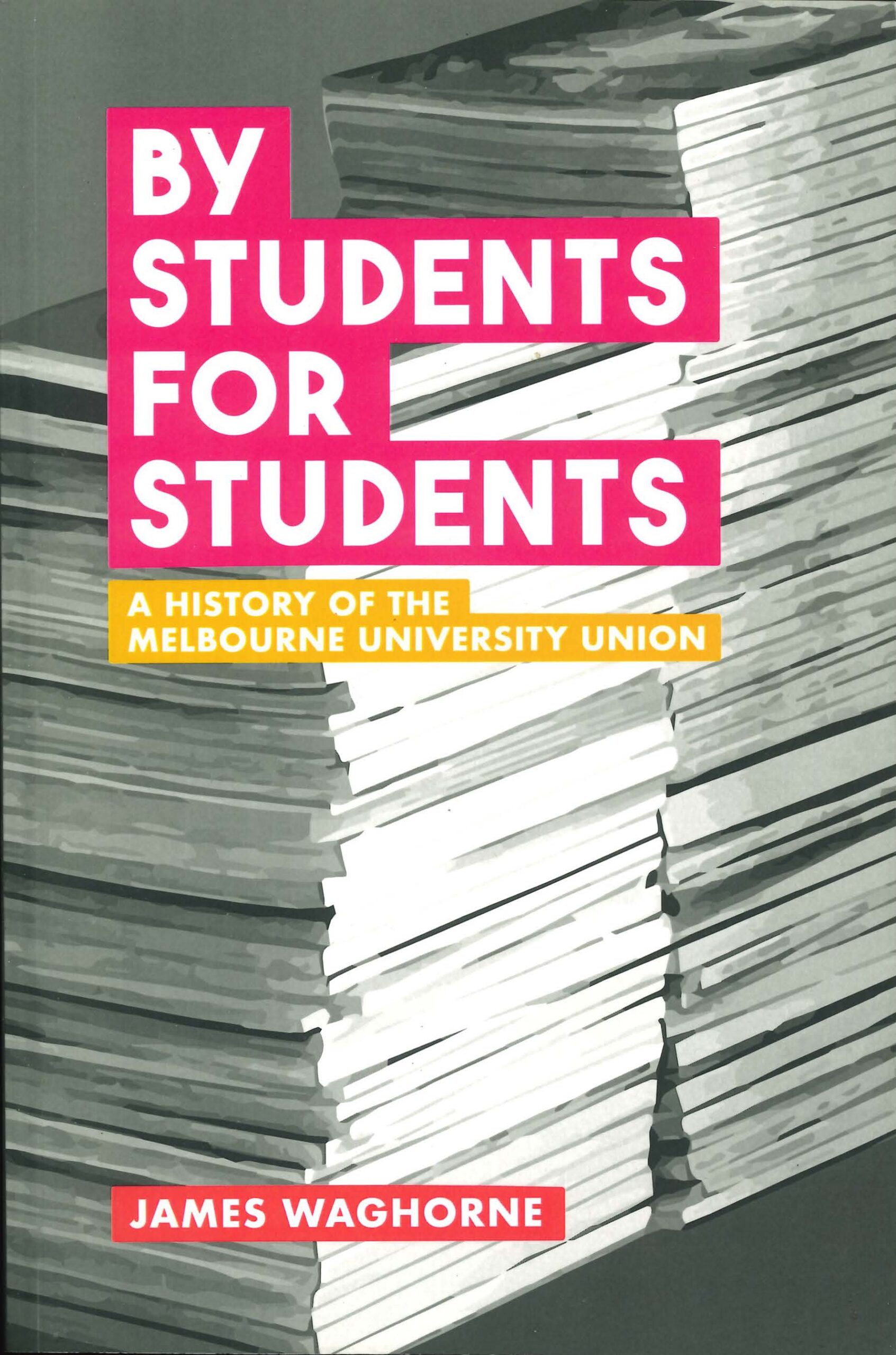



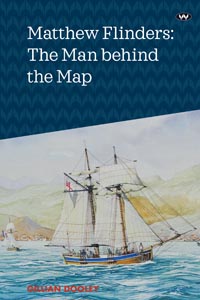
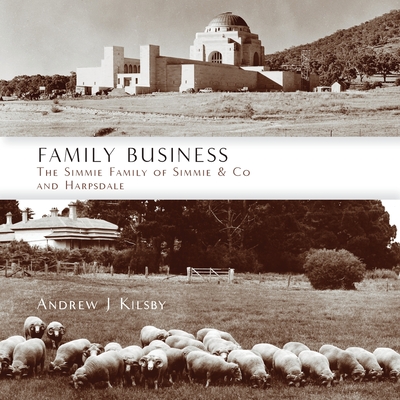
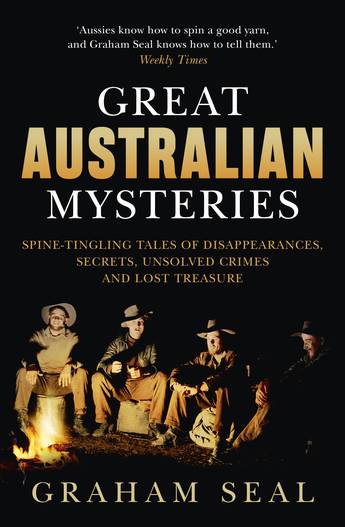




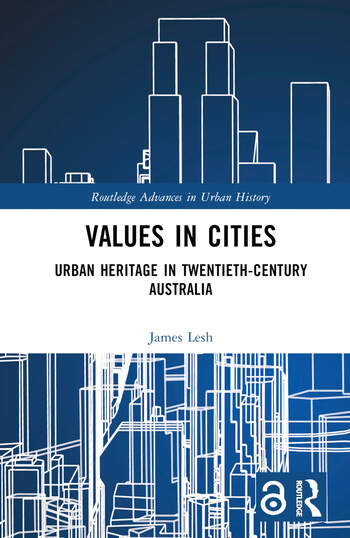
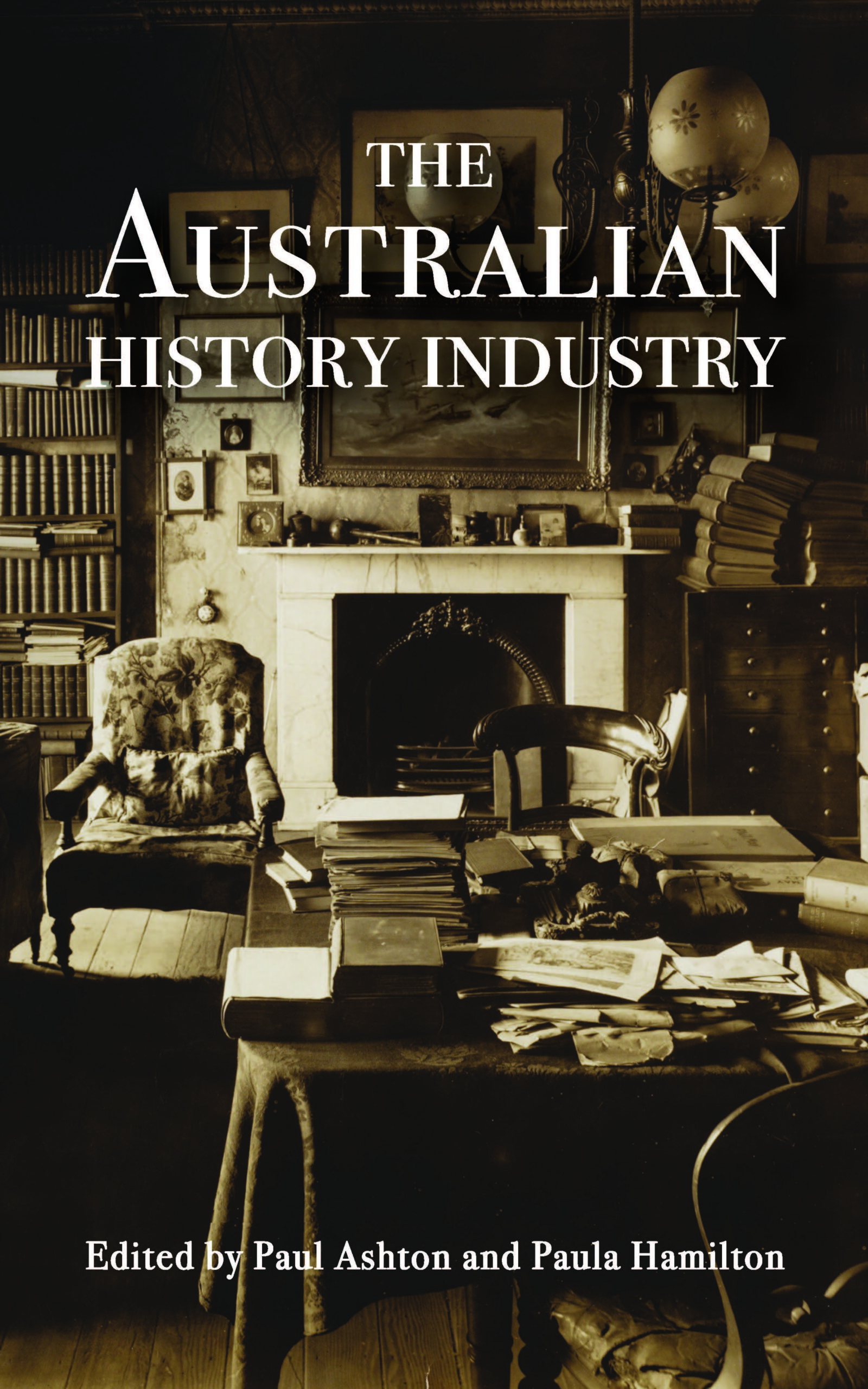
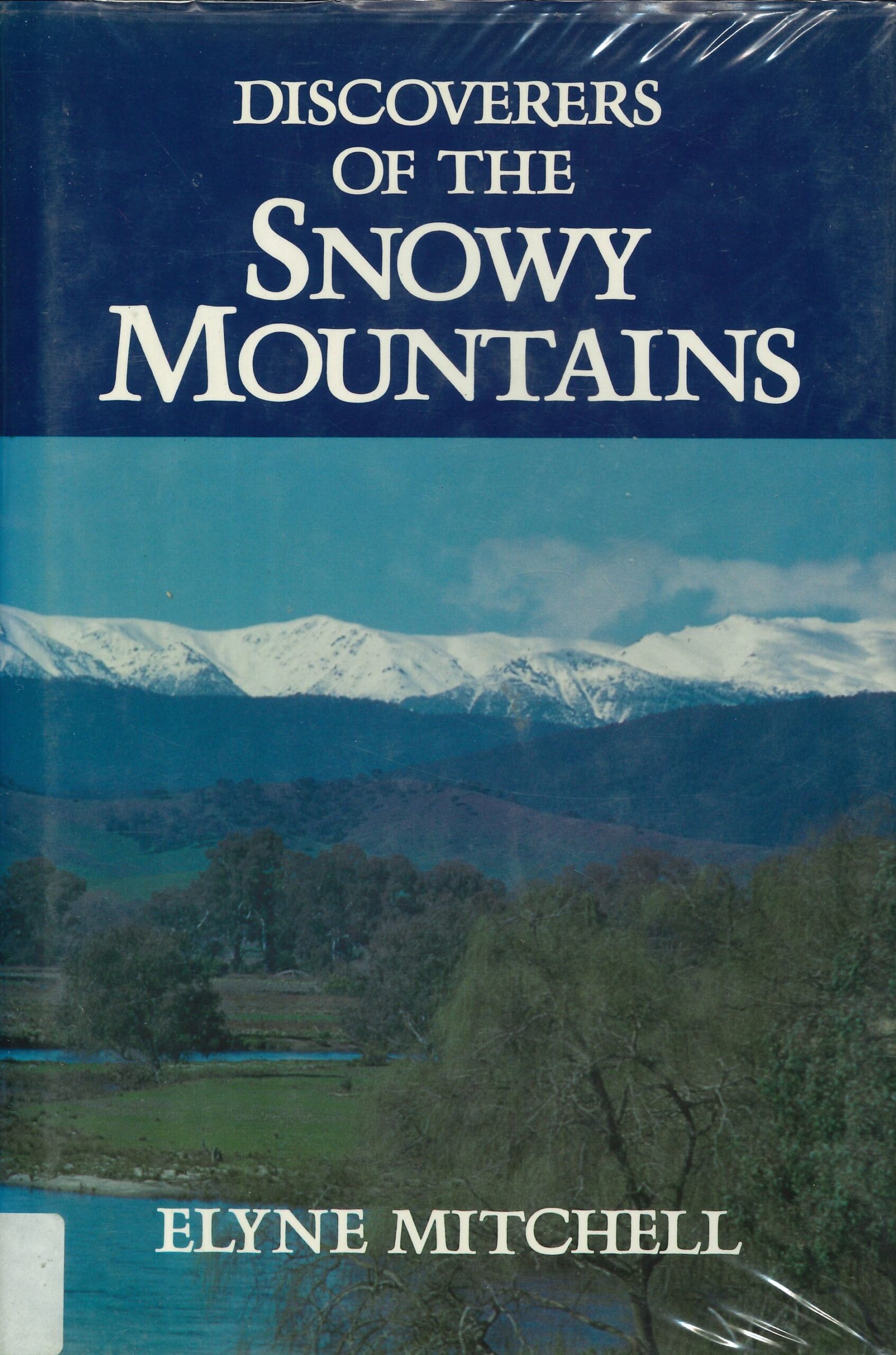
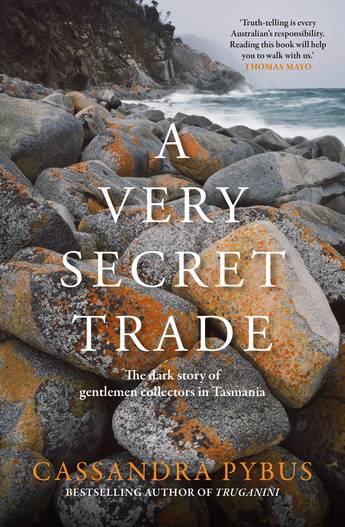
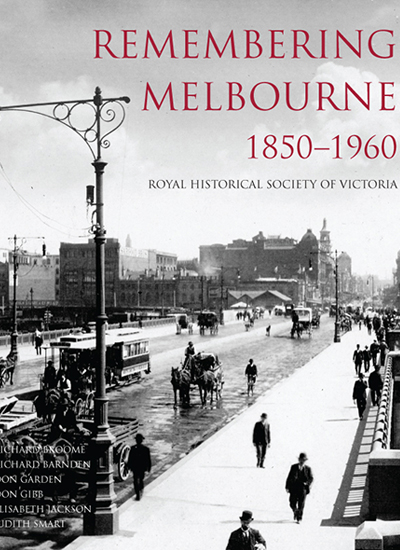
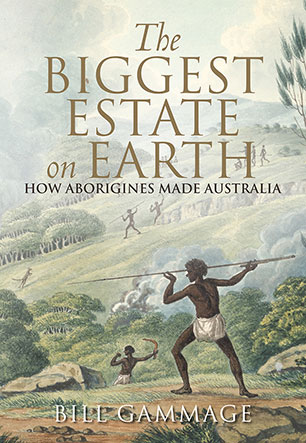
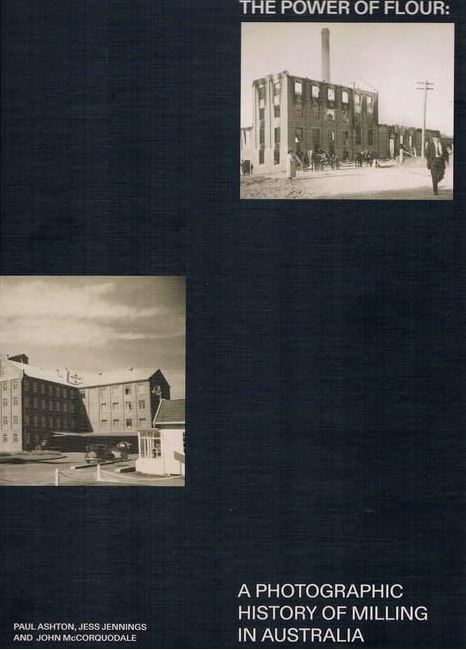
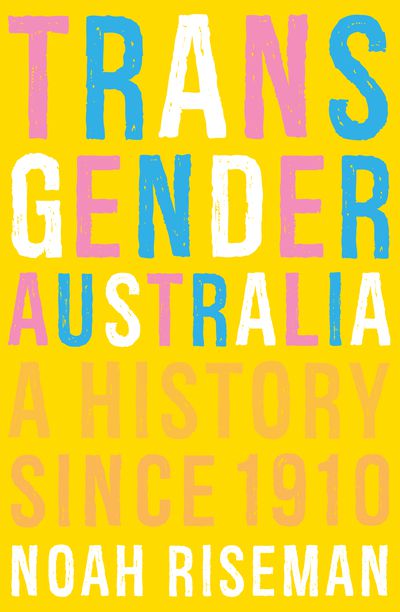







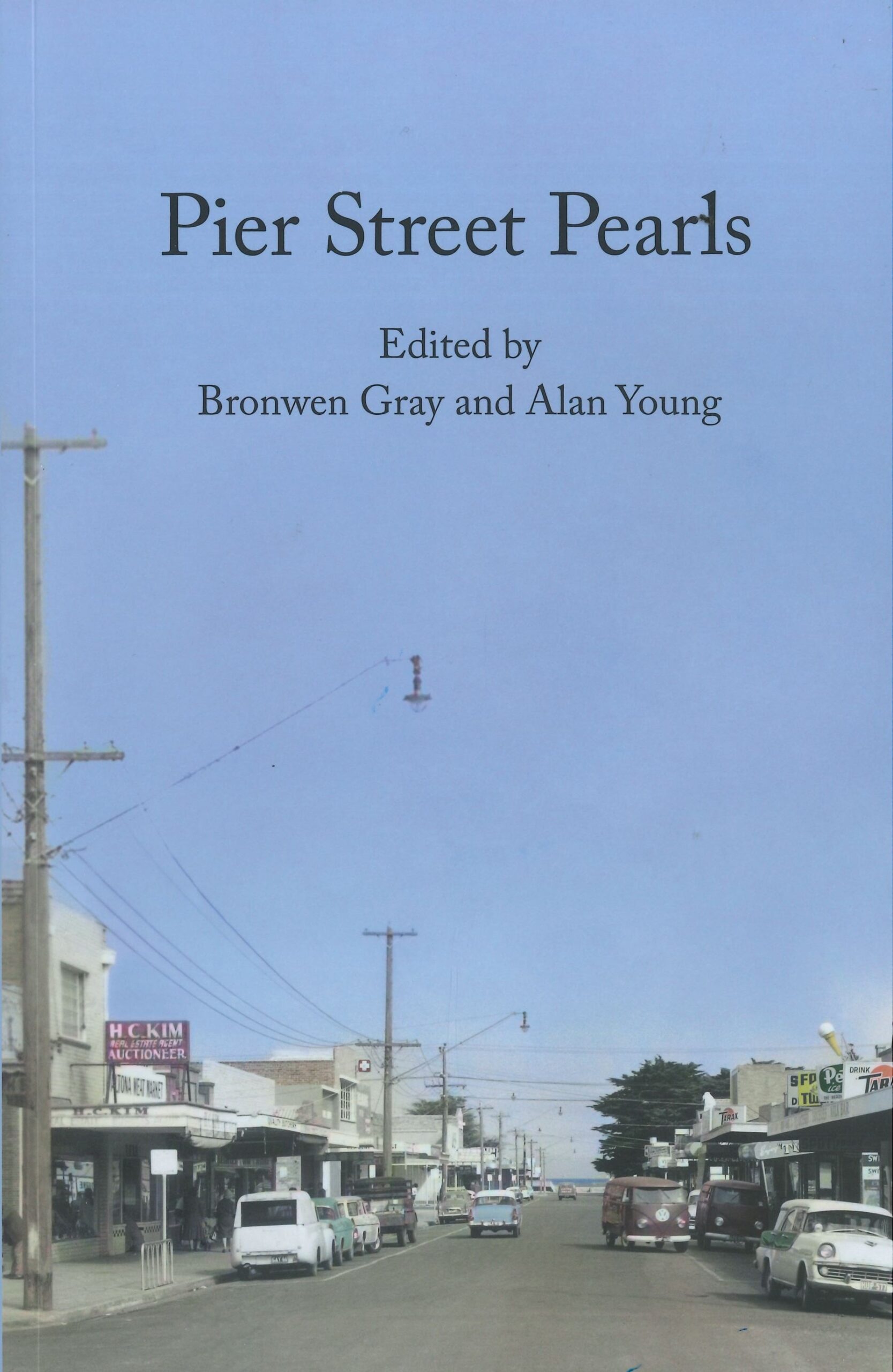
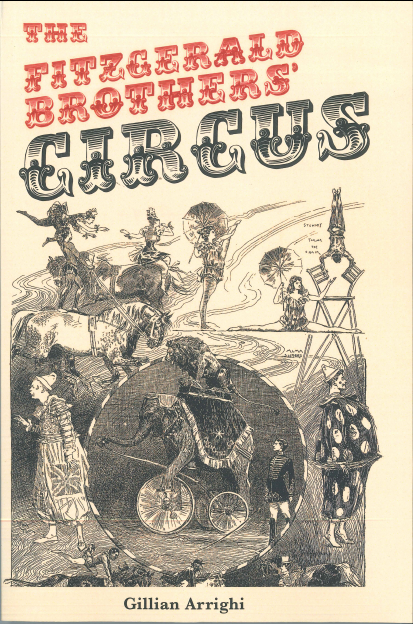


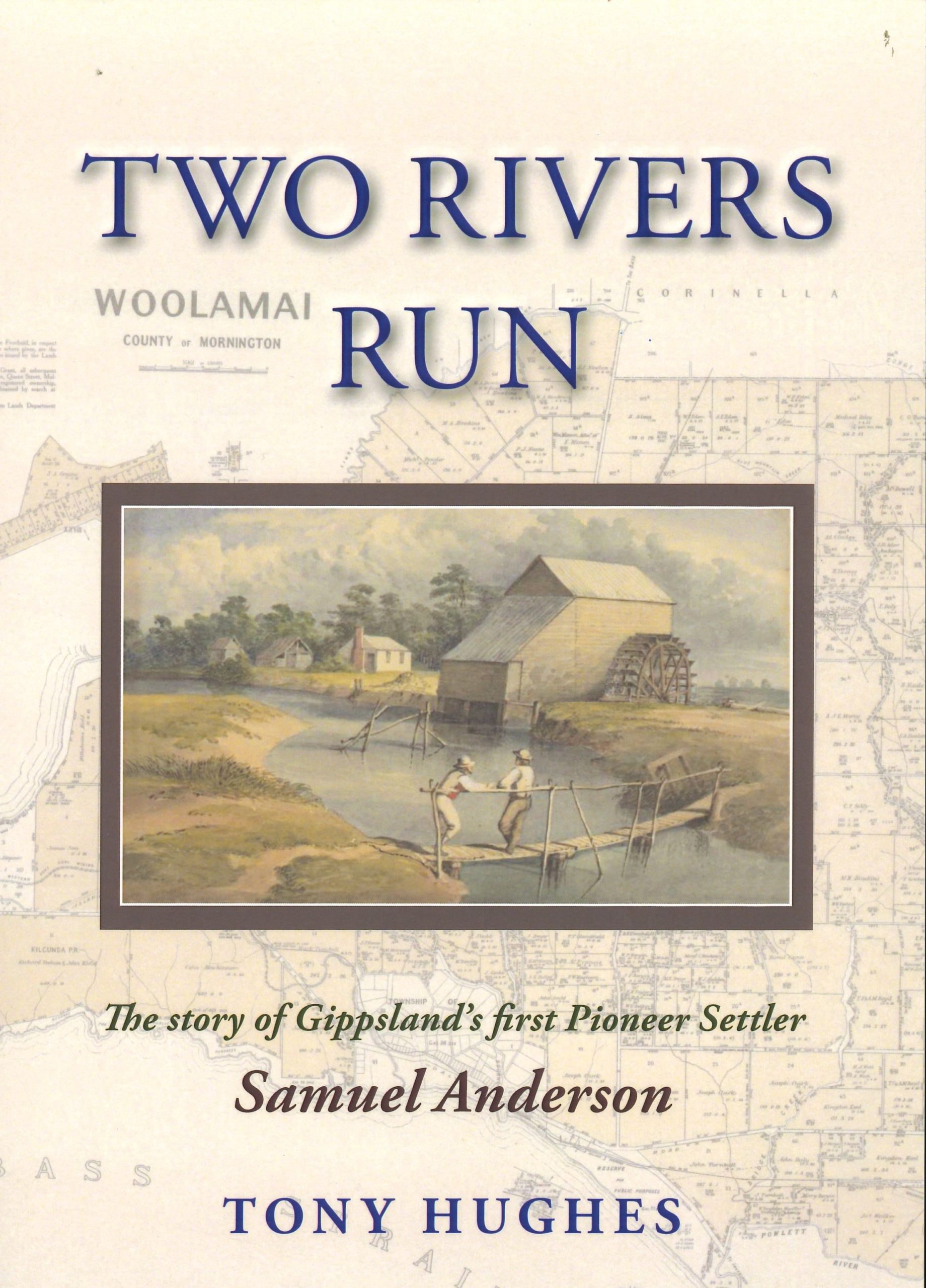
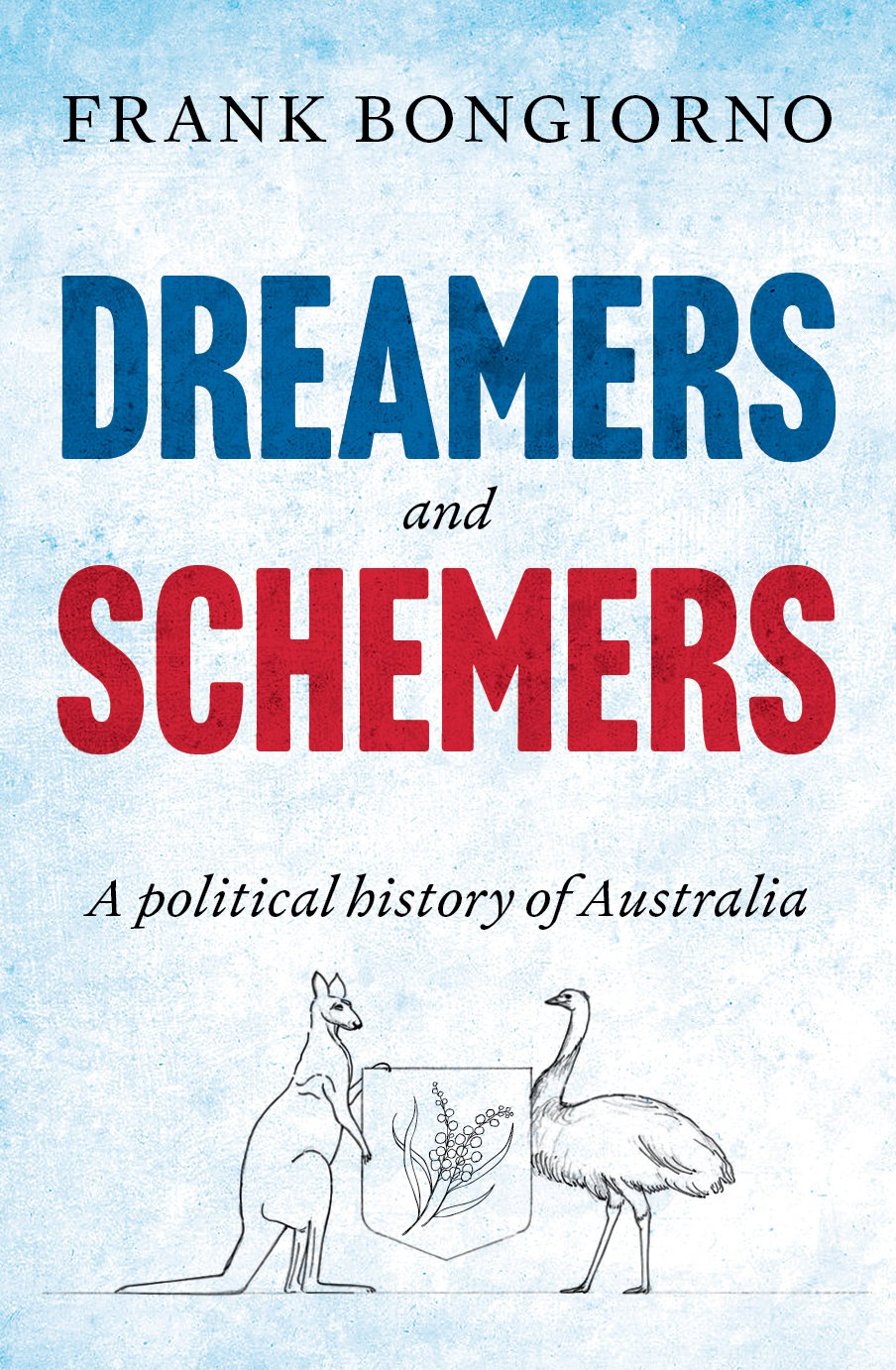

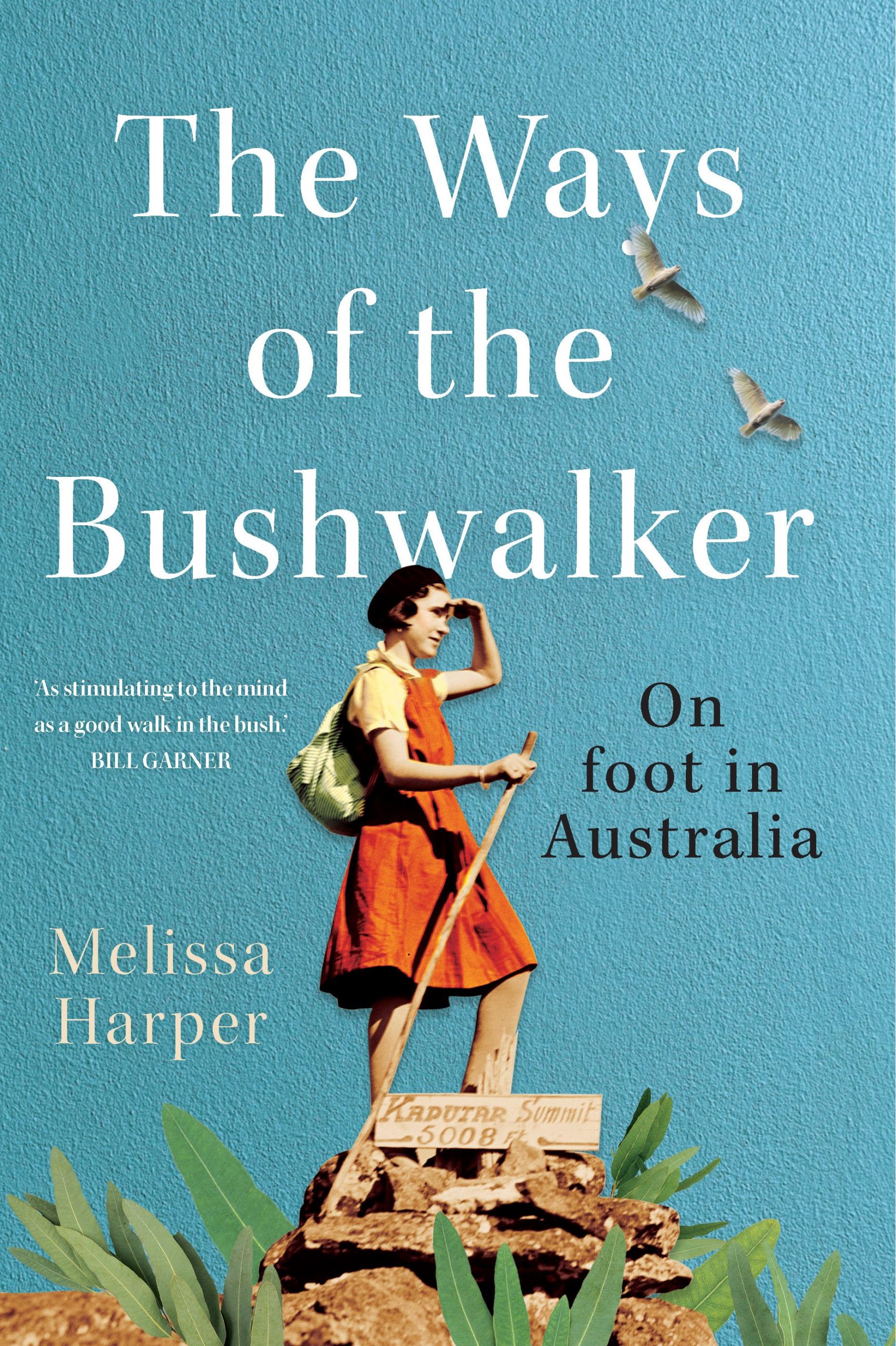
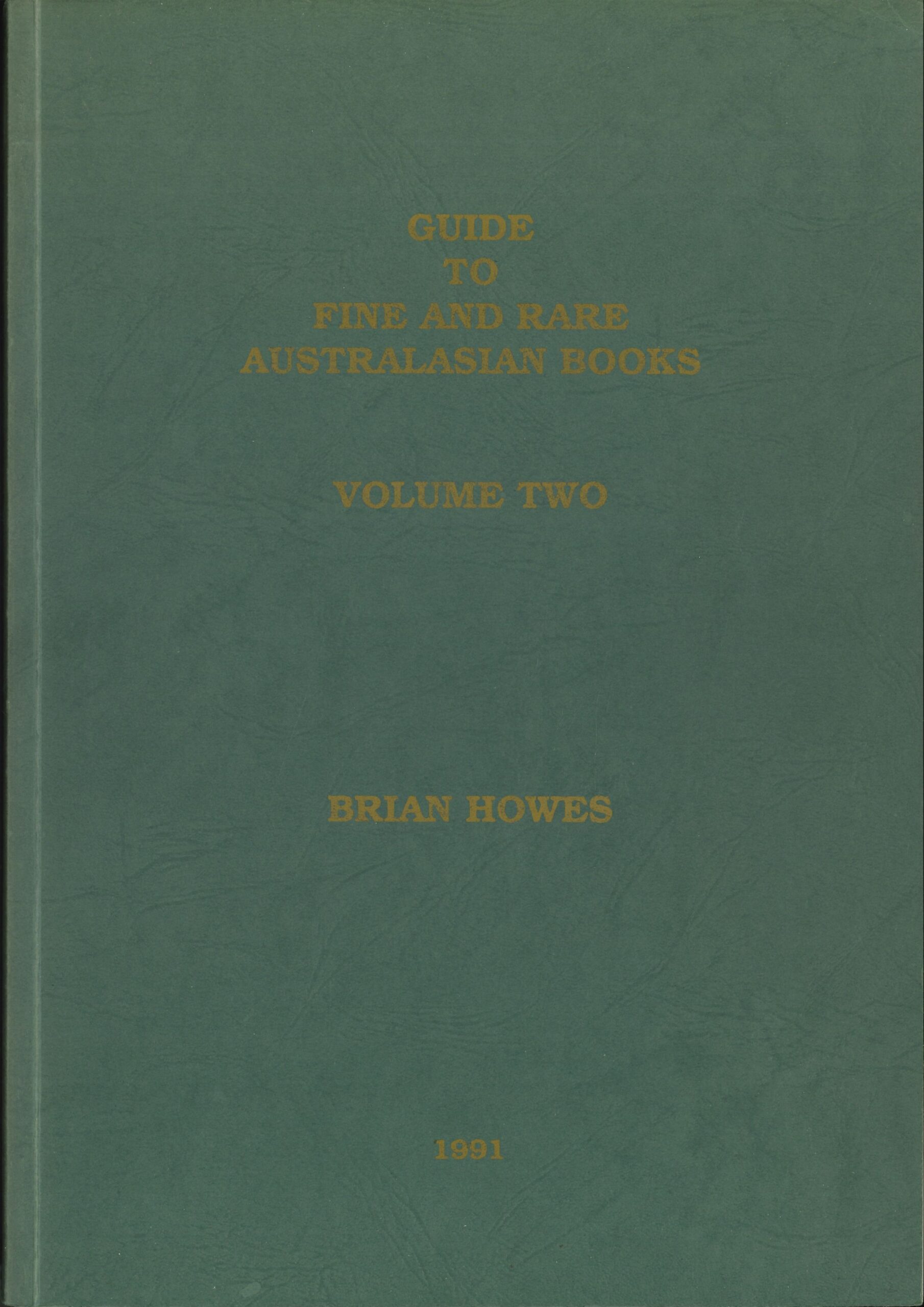

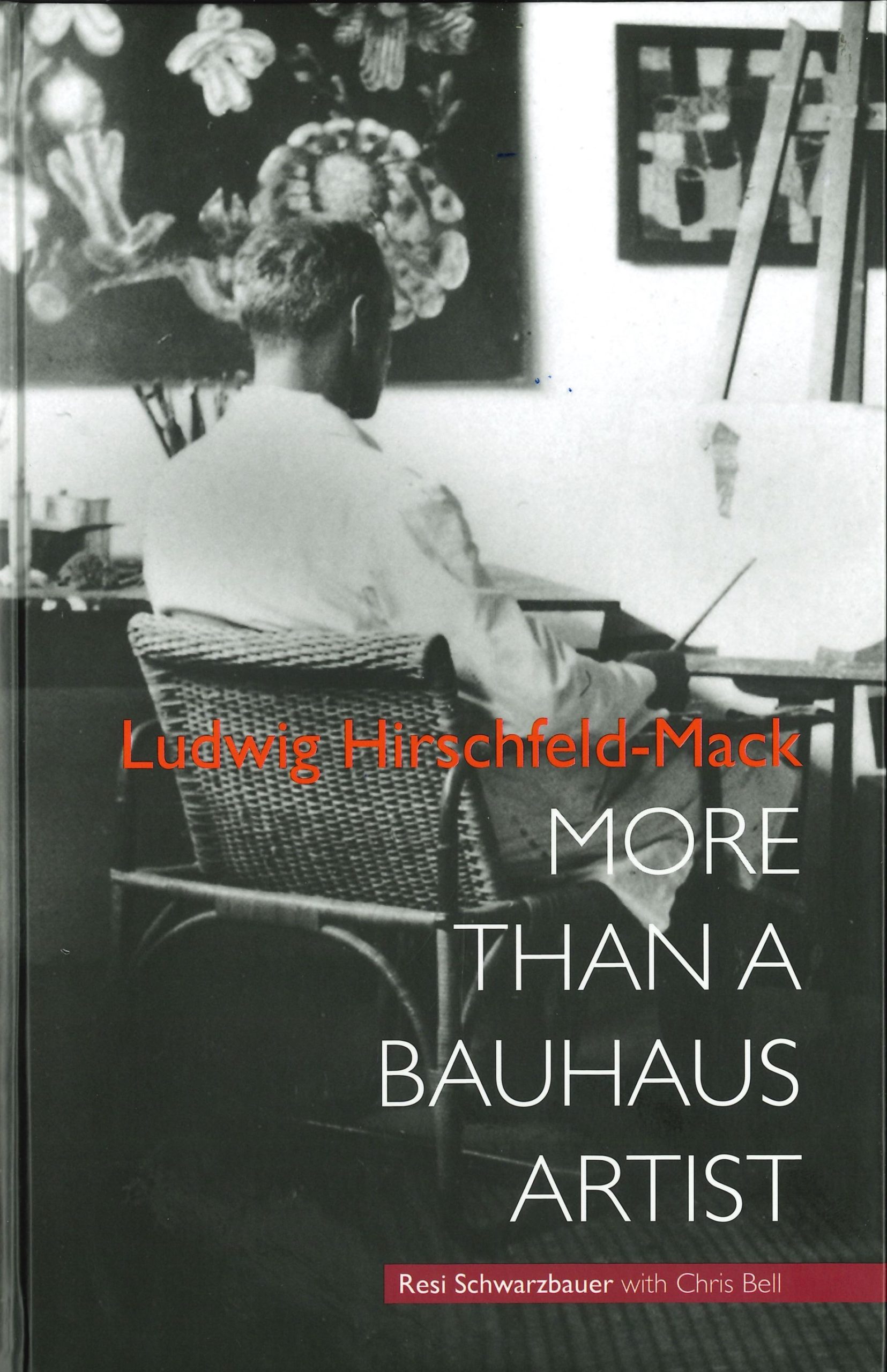
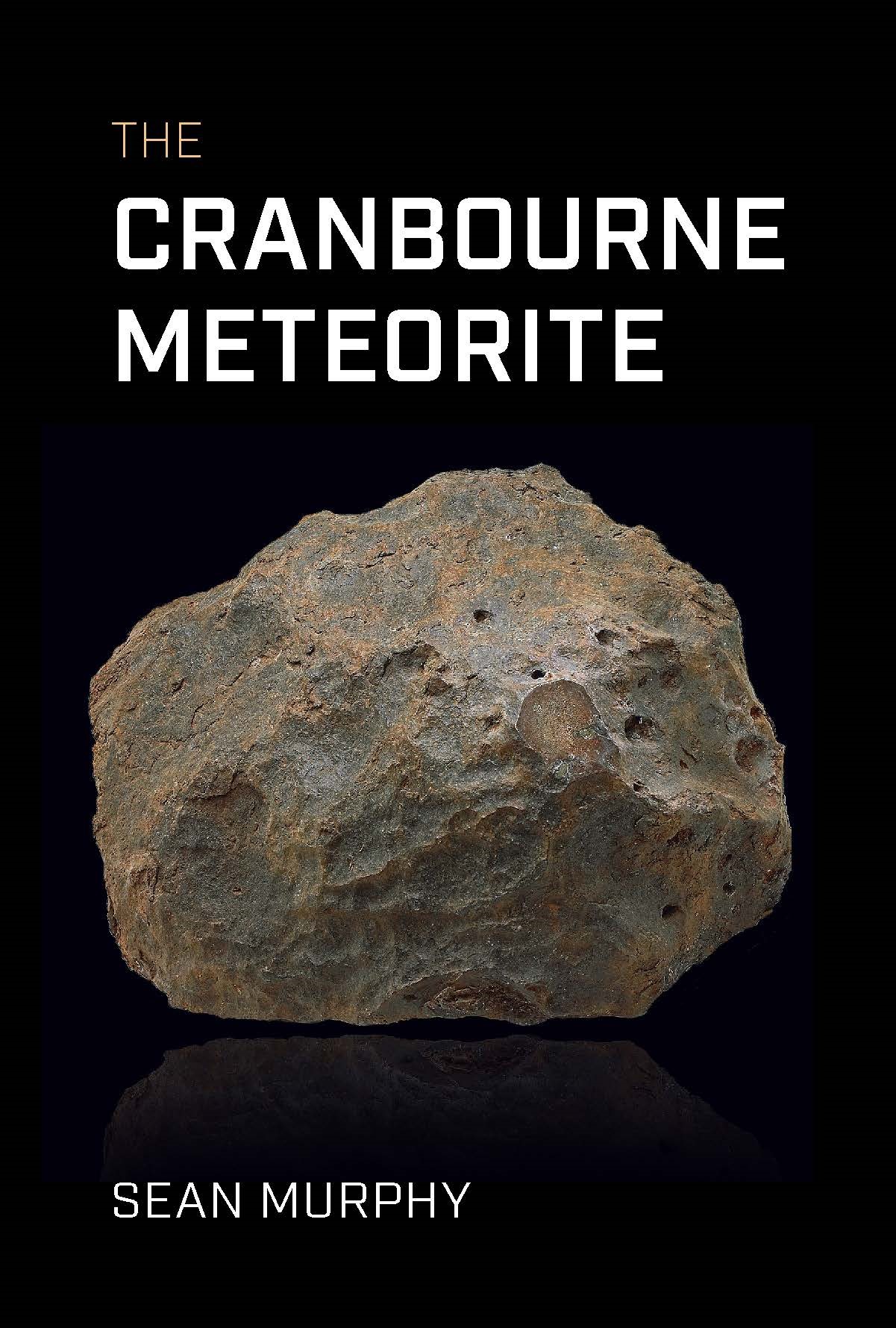




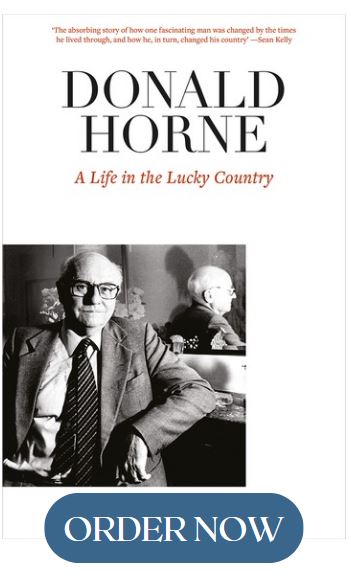
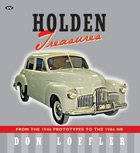


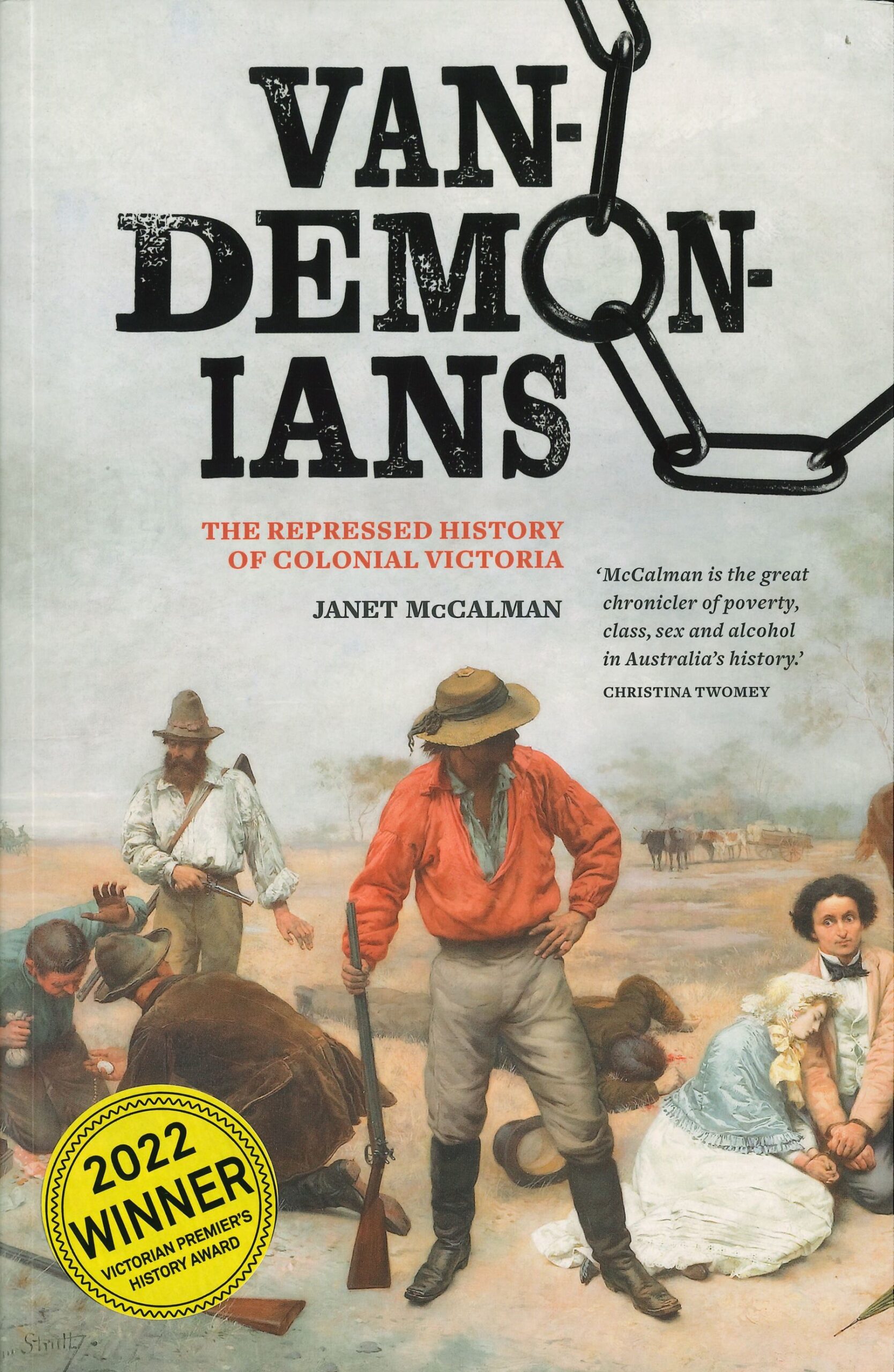
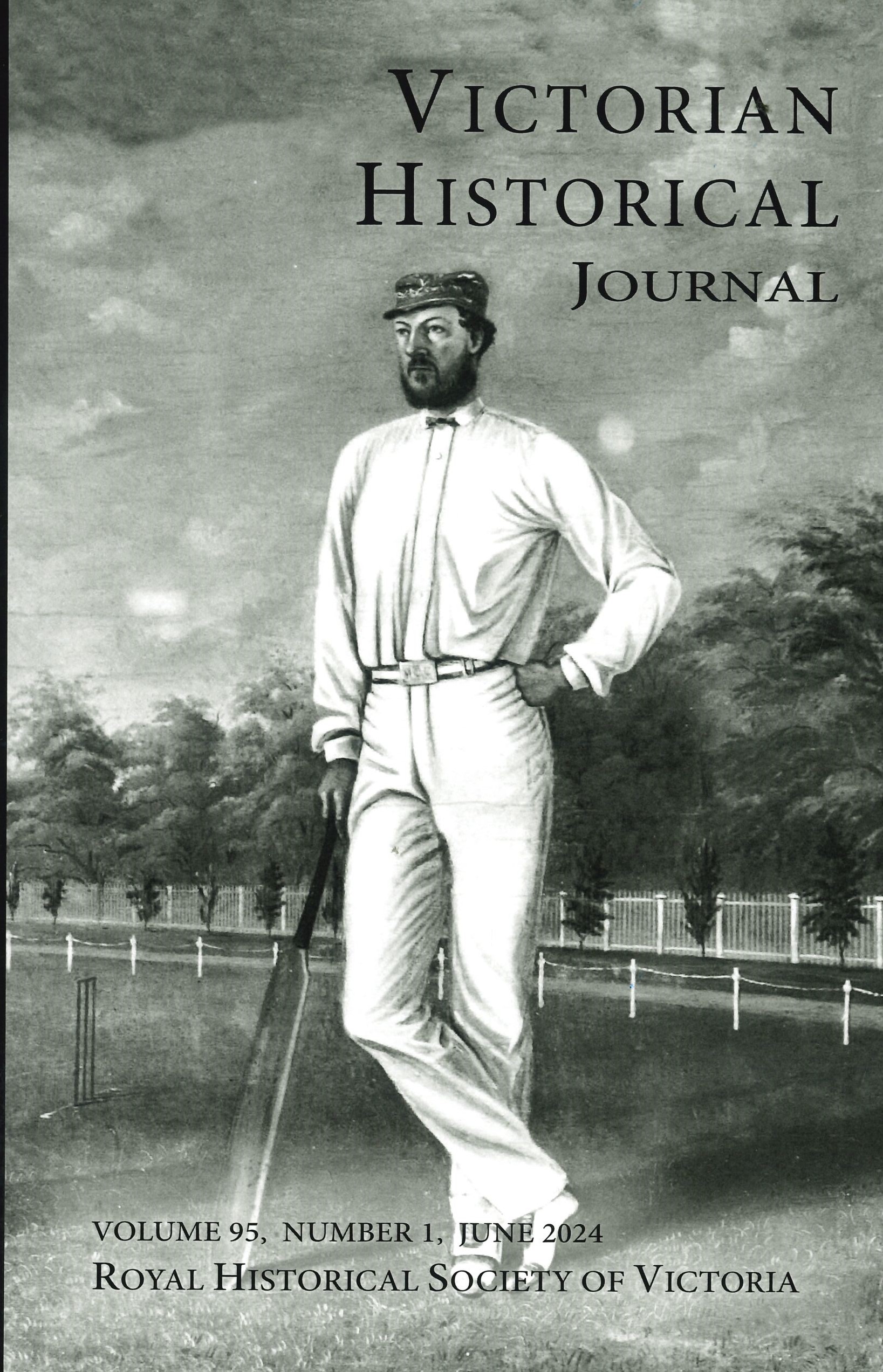


 239 A'Beckett Street Melbourne, Victoria, 3000
239 A'Beckett Street Melbourne, Victoria, 3000  03 9326 9288
03 9326 9288  office@historyvictoria.org.au
office@historyvictoria.org.au  Office & Library: Weekdays 9am-5pm
Office & Library: Weekdays 9am-5pm


Book Reviews Reviews
There are no reviews yet.